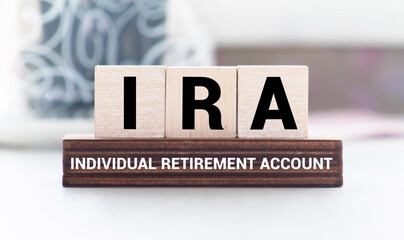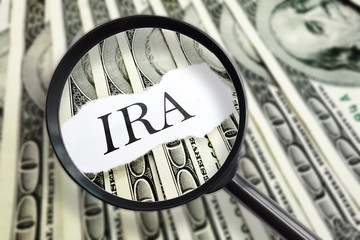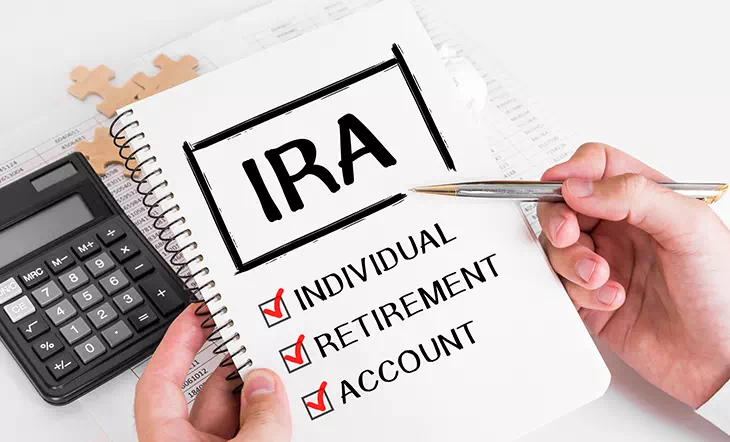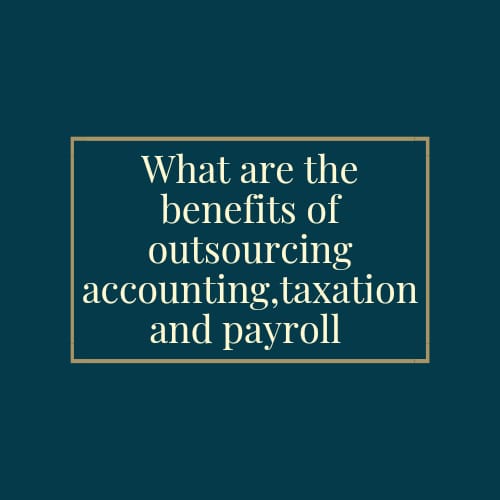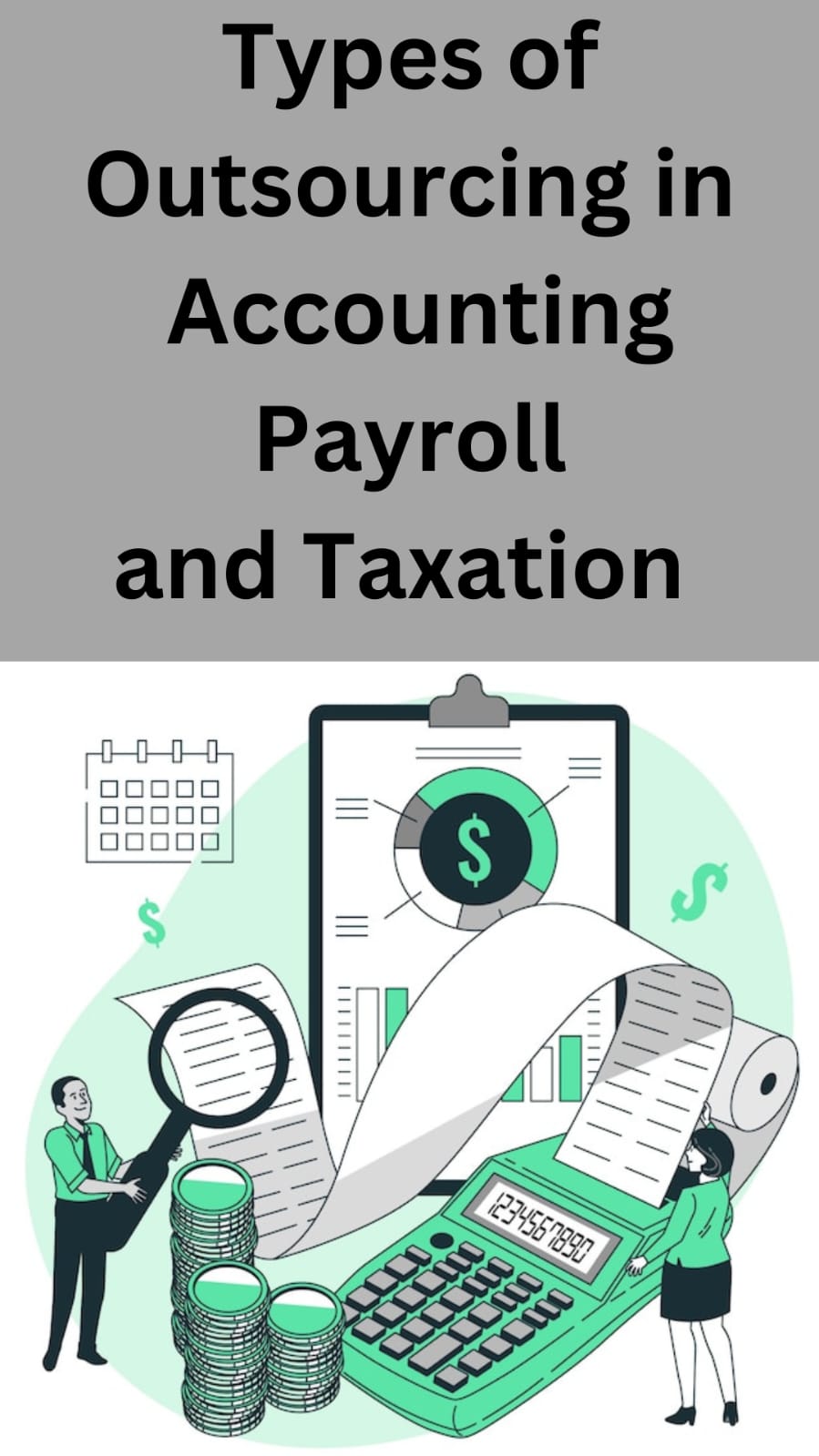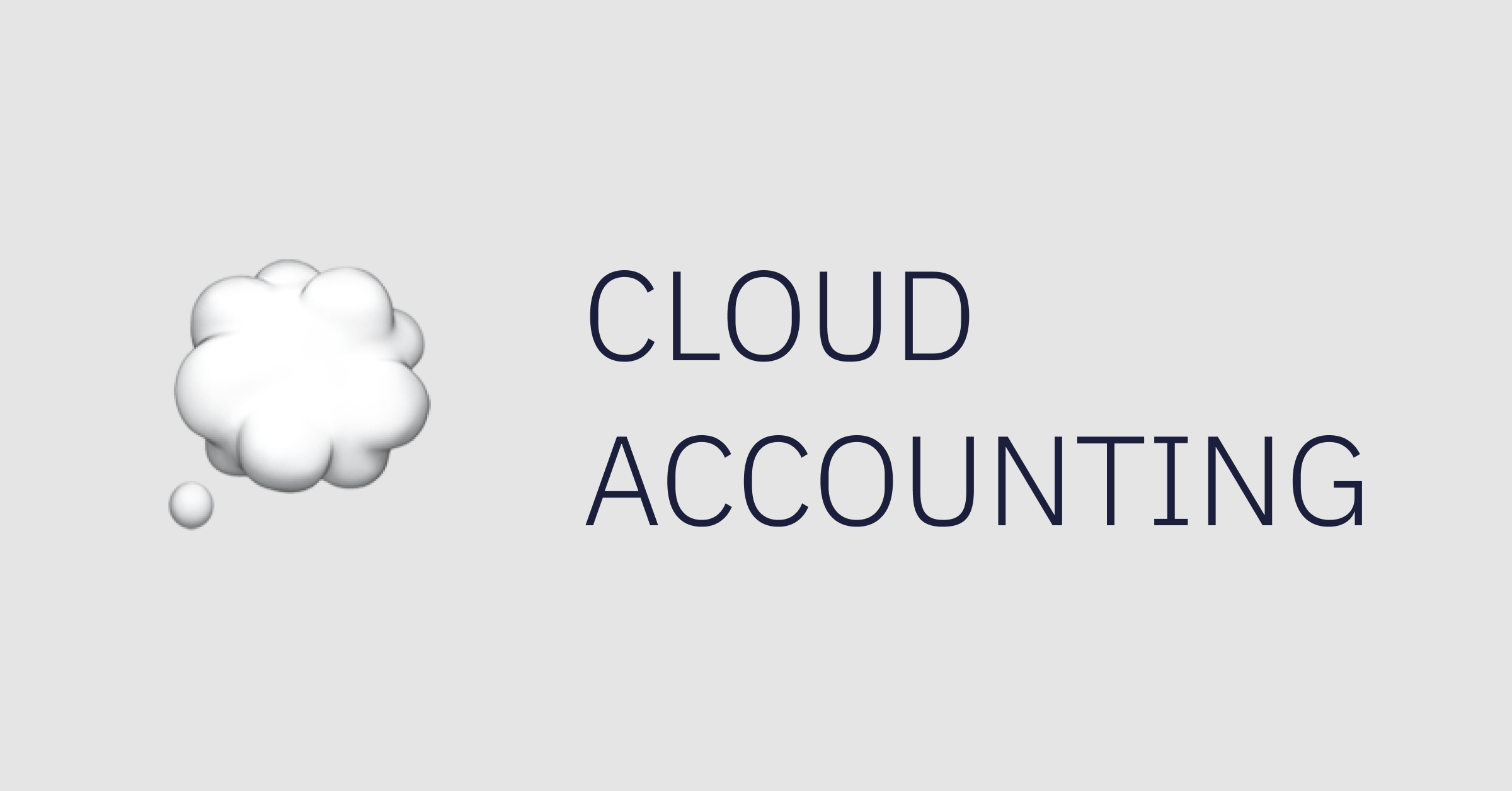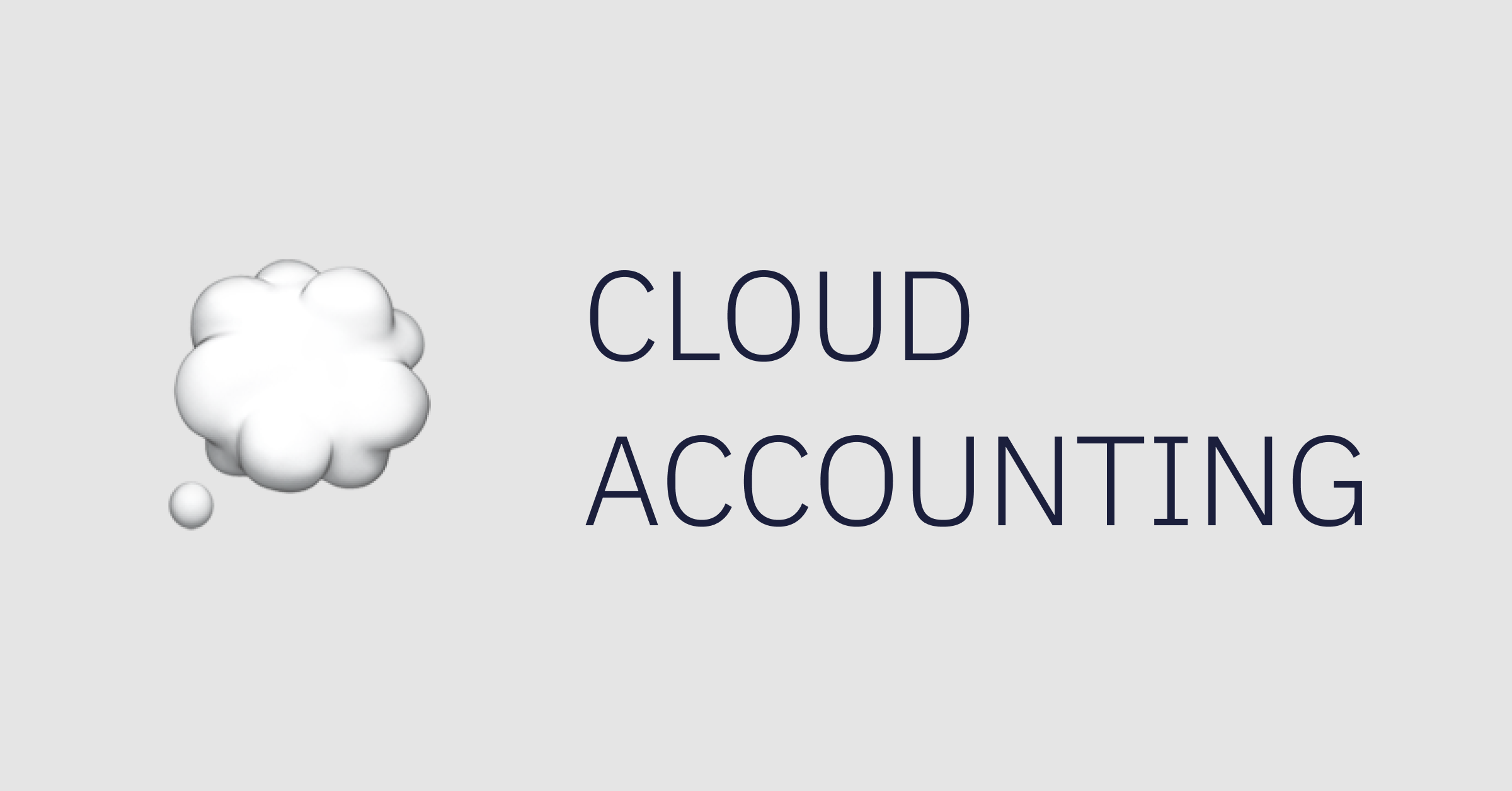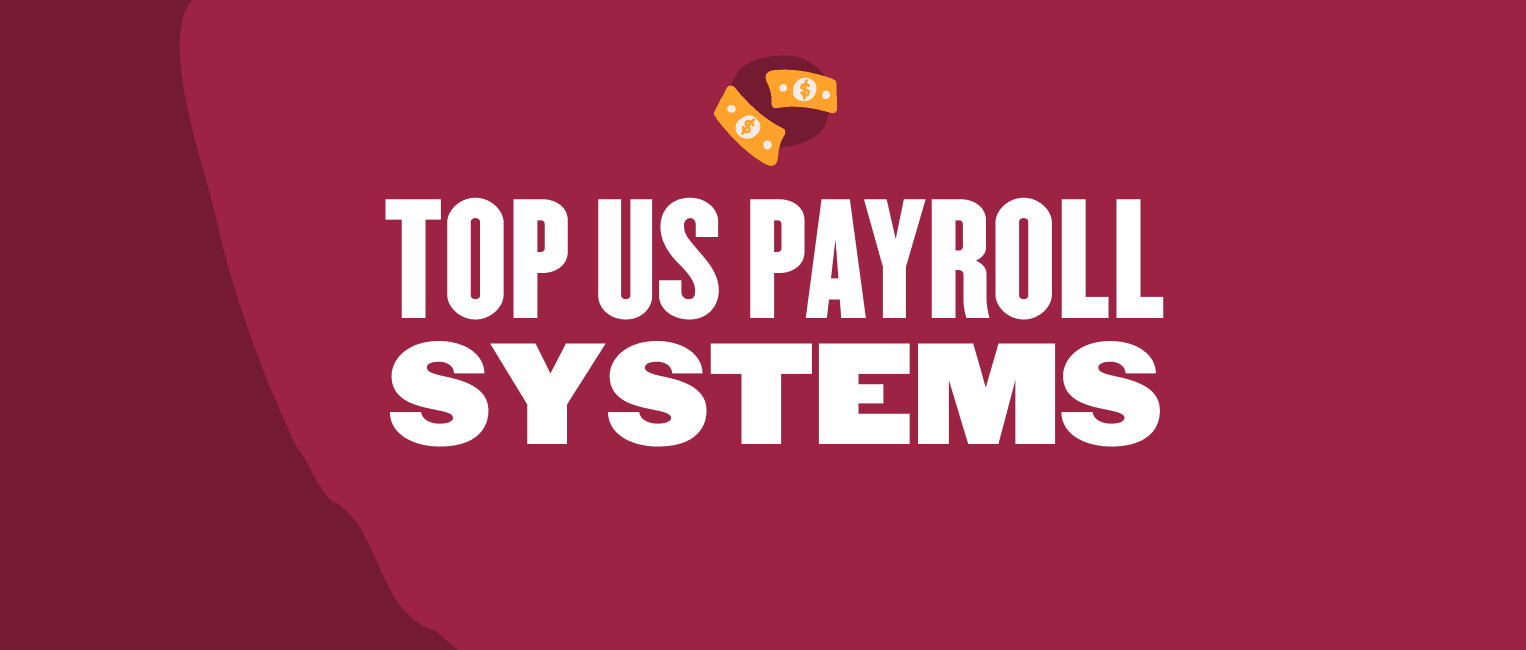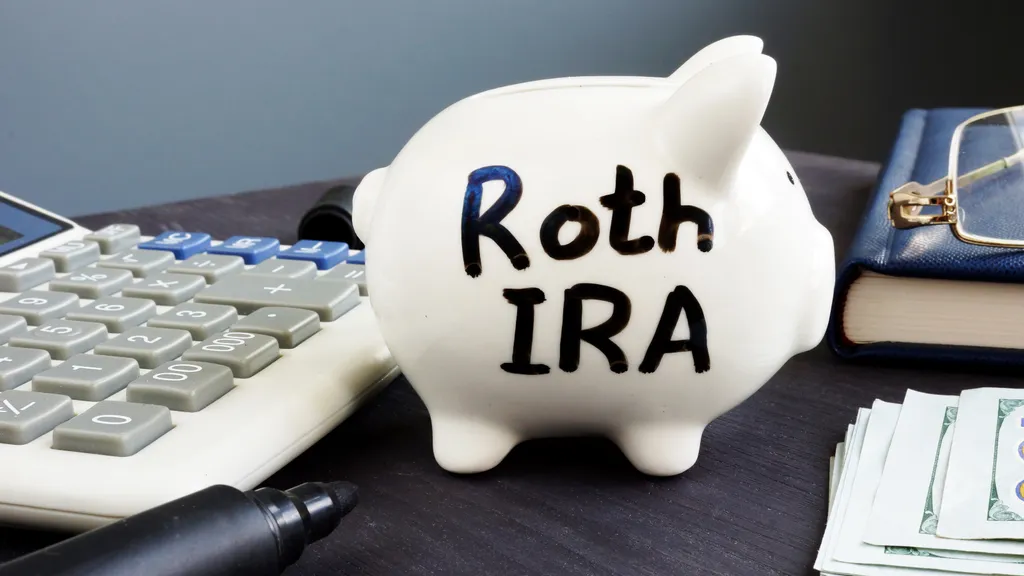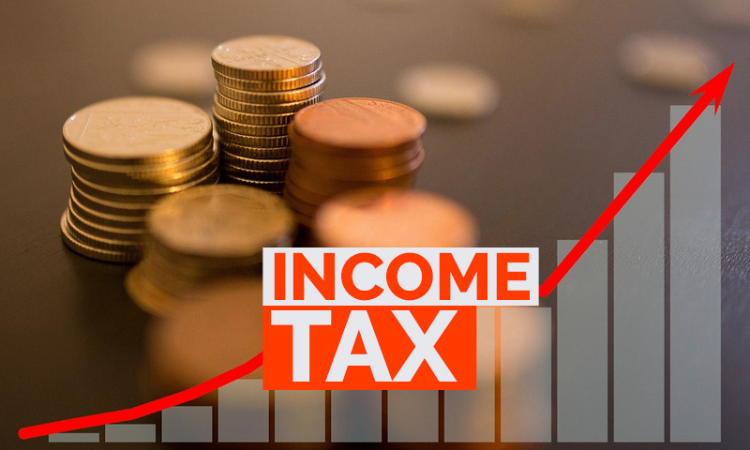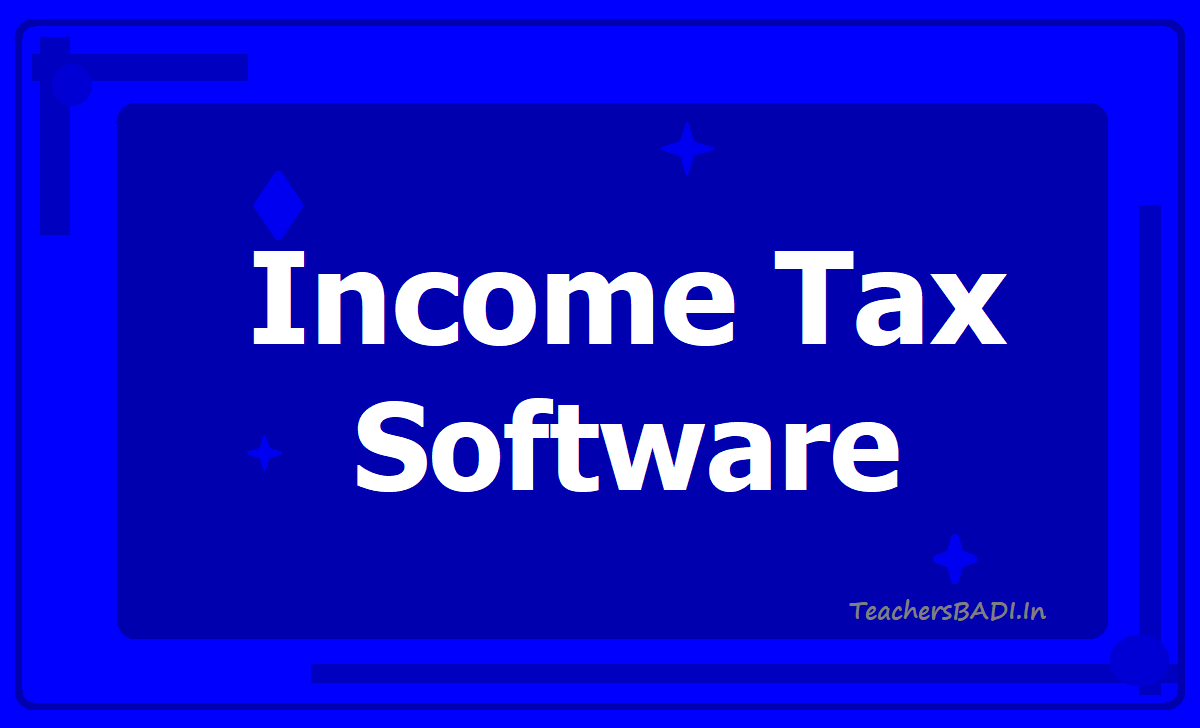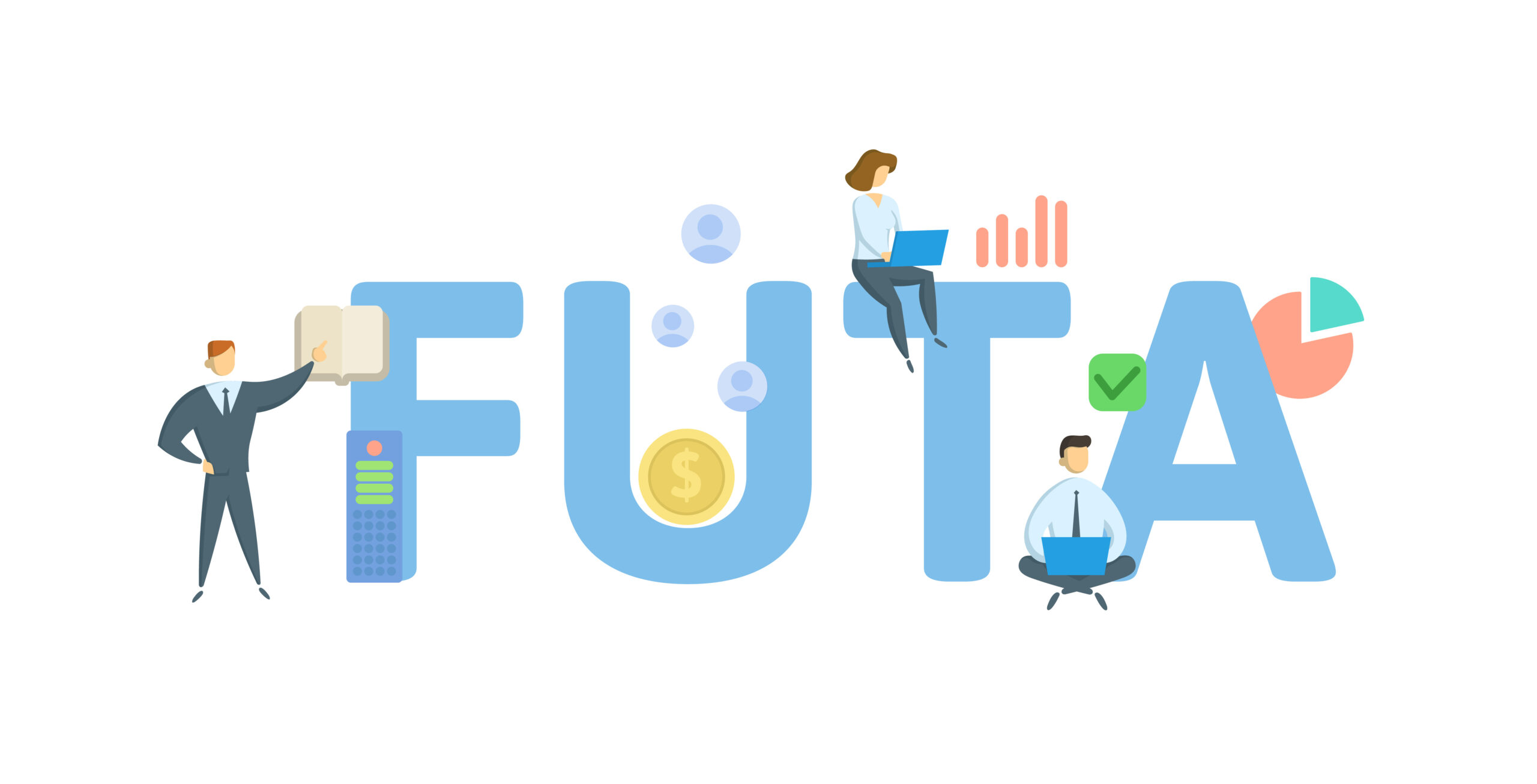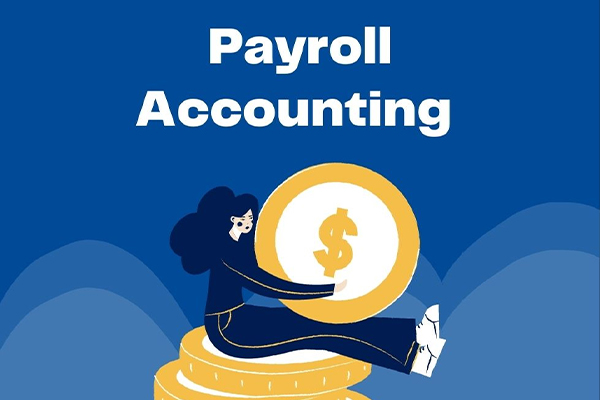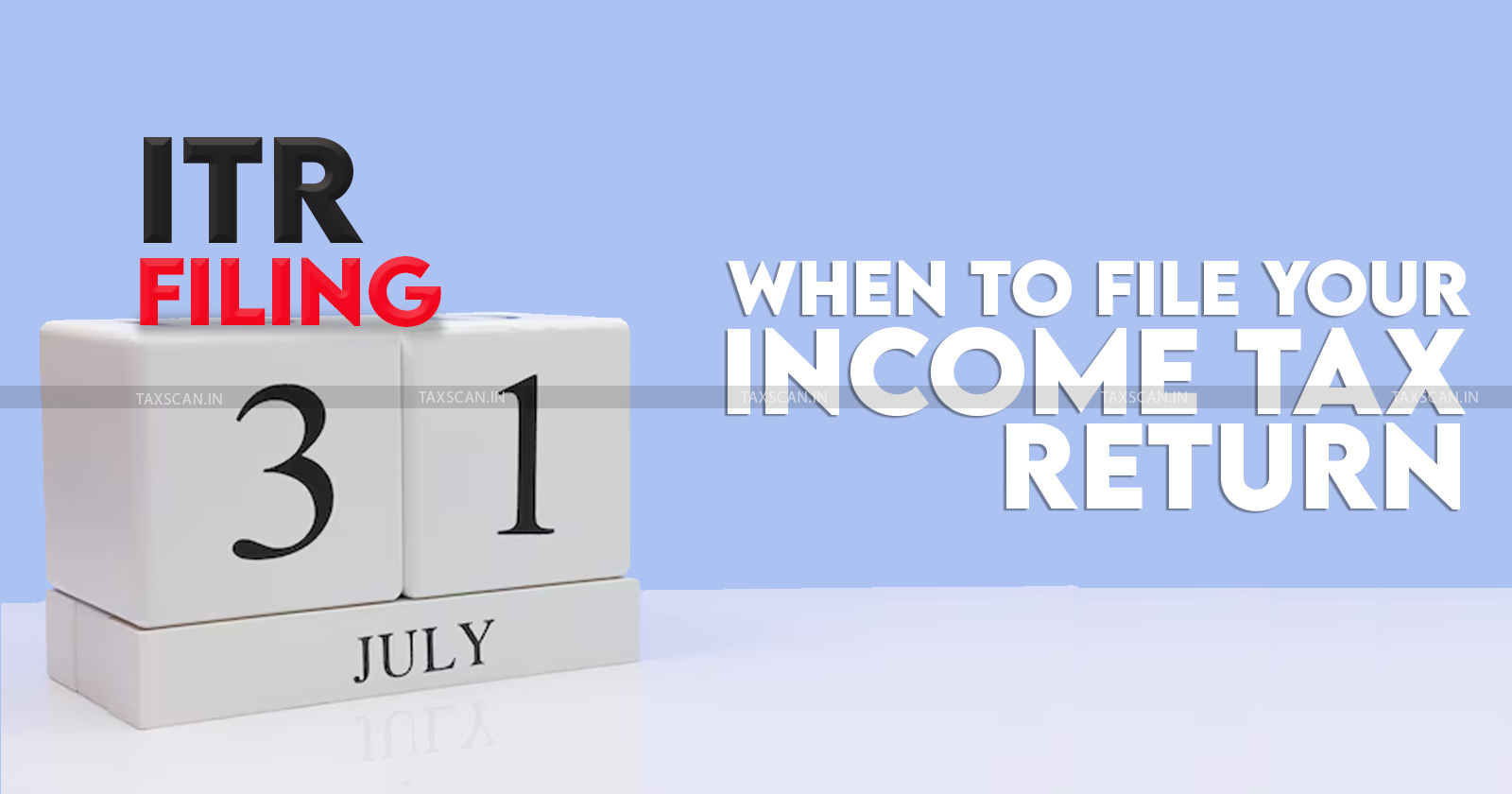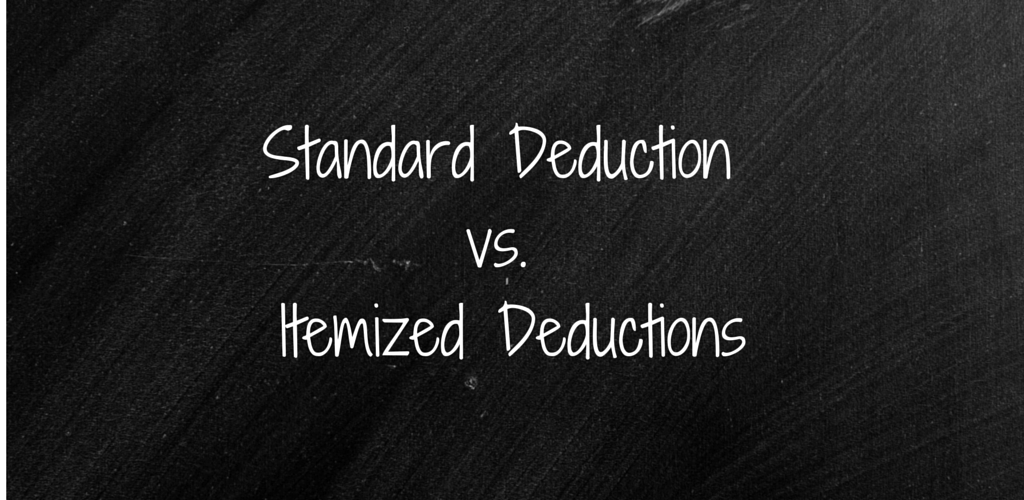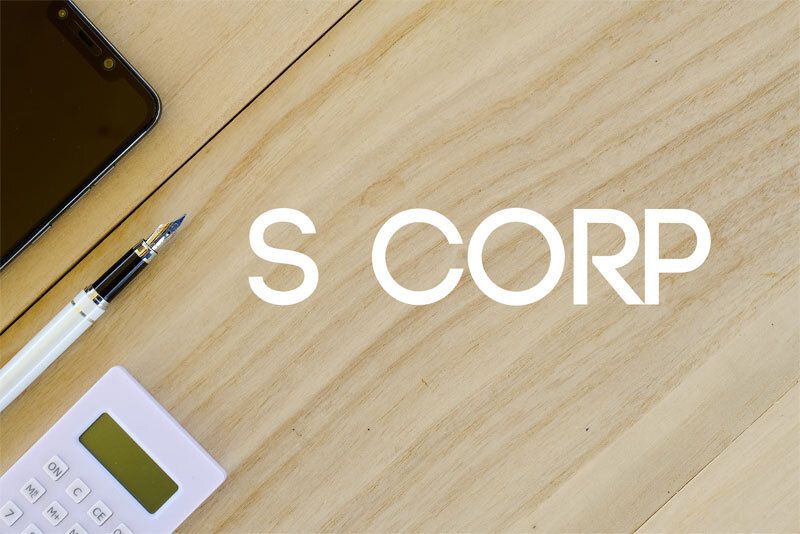Individual Retirement Account (IRA)
An individual retirement account (IRA) is a long-term, tax-advantaged savings account that individuals with earned income can use to save for the future.
The IRA is designed primarily for self-employed people who do not have access to workplace retirement accounts such as the 401(k), which is available only through employers. However, anyone with a retirement plan at work can also open an IRA and invest additional savings with it.
You can open an IRA through a bank, an investment company, an online brokerage, or a personal broker.
An individual retirement account (IRA) is a long-term, tax-advantaged savings account that individuals with earned income can use to save for the future.
The IRA is designed primarily for self-employed people who do not have access to workplace retirement accounts such as the 401(k), which is available only through employers. However, anyone with a retirement plan at work can also open an IRA and invest additional savings with it.
You can open an IRA through a bank, an investment company, an online brokerage, or a personal broker.
Types of IRAs
There are several types of IRAs, each with unique features and benefits:
1.Traditional IRA
A Traditional IRA allows individuals to contribute pre-tax dollars, meaning contributions are often tax-deductible. The investments grow tax-deferred until withdrawals begin, typically at retirement. Upon withdrawal, the money is taxed as ordinary income.
Key Features:
Tax Deductibility: Contributions may be tax-deductible.
Tax-Deferred Growth: Earnings grow tax-deferred until withdrawal.
Required Minimum Distributions (RMDs): Withdrawals must begin at age 73.
2.Roth IRA
Roth IRAs are funded with after-tax dollars, meaning contributions are not tax-deductible. However, investments grow tax-free, and qualified withdrawals are also tax-free.
Key Features:
No Immediate Tax Benefit: Contributions are made with after-tax dollars.
Tax-Free Withdrawals: Qualified withdrawals are tax-free.
No RMDs: Unlike Traditional IRAs, Roth IRAs do not require withdrawals during the account holder’s lifetime.
3.SEP IRA
A Simplified Employee Pension (SEP) IRA is designed for self-employed individuals and small business owners. It allows employers to contribute to their employees’ retirement savings.
Key Features:
High Contribution Limits: Contributions can be significantly higher than other IRAs.
Employer Contributions: Only employers can contribute to a SEP IRA.
4.SIMPLE IRA
A Savings Incentive Match Plan for Employees (SIMPLE) IRA is tailored for small businesses and self-employed individuals. It allows both employer and employee contributions.
Key Features:
Employee and Employer Contributions: Both can contribute to the account.
Mandatory Employer Contributions: Employers must make either matching or non-elective contributions.
